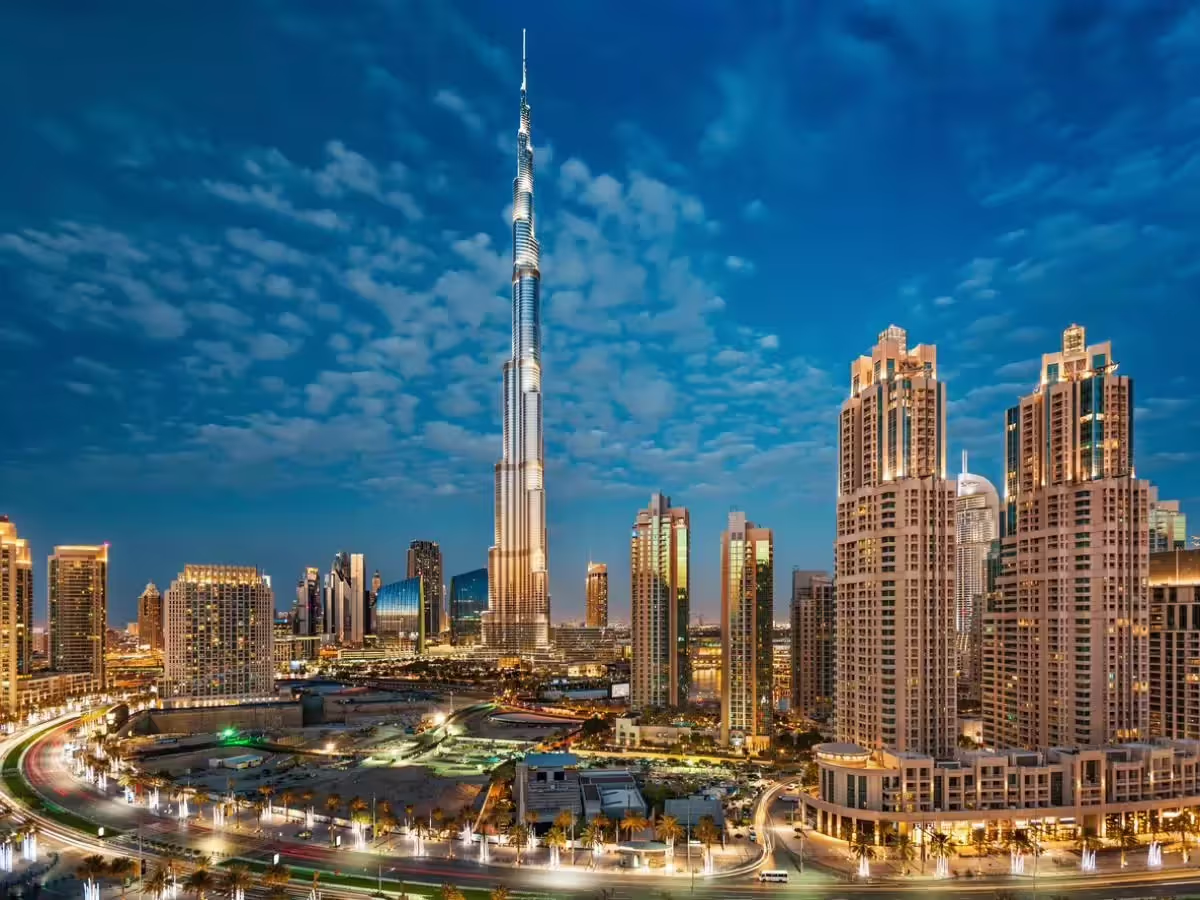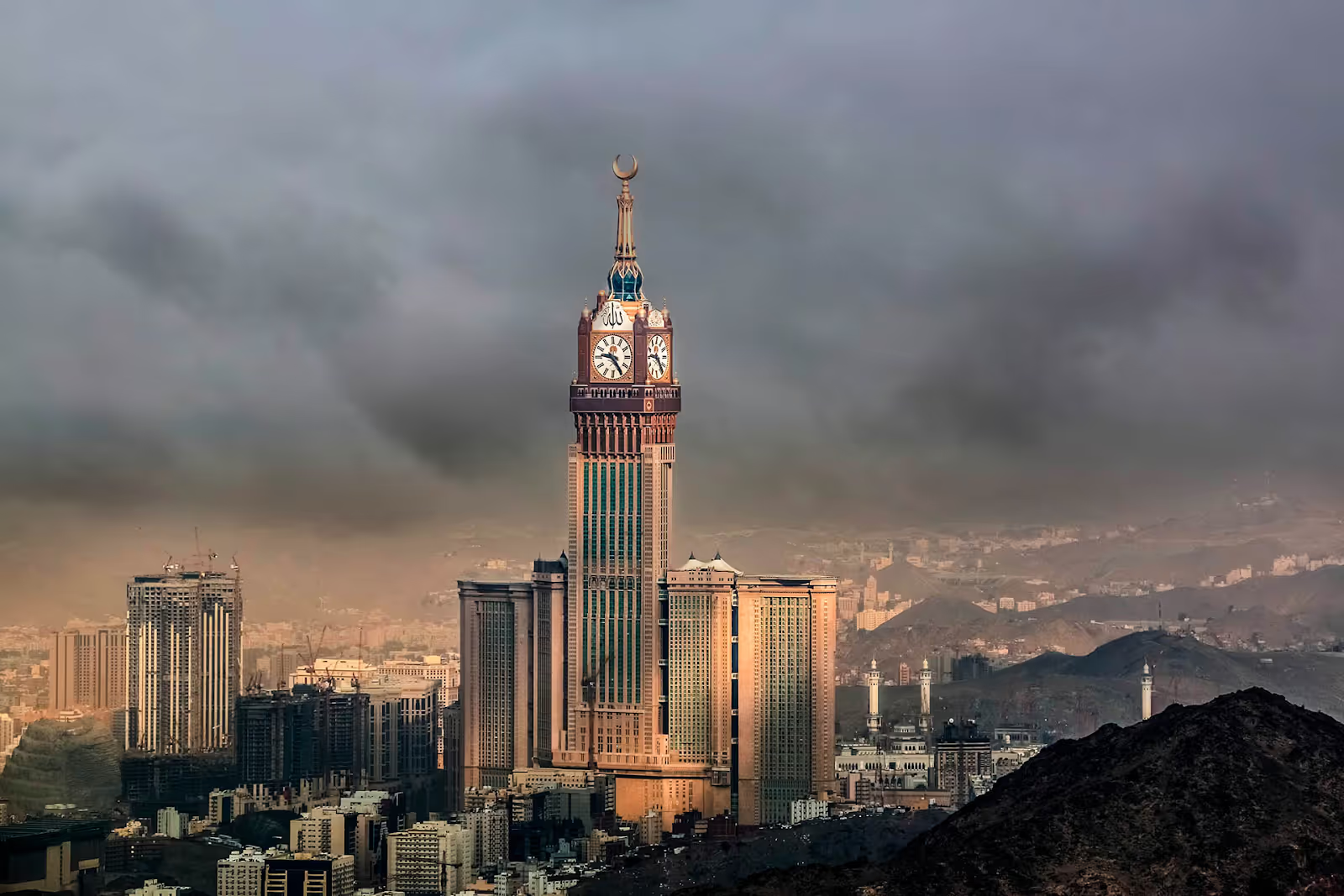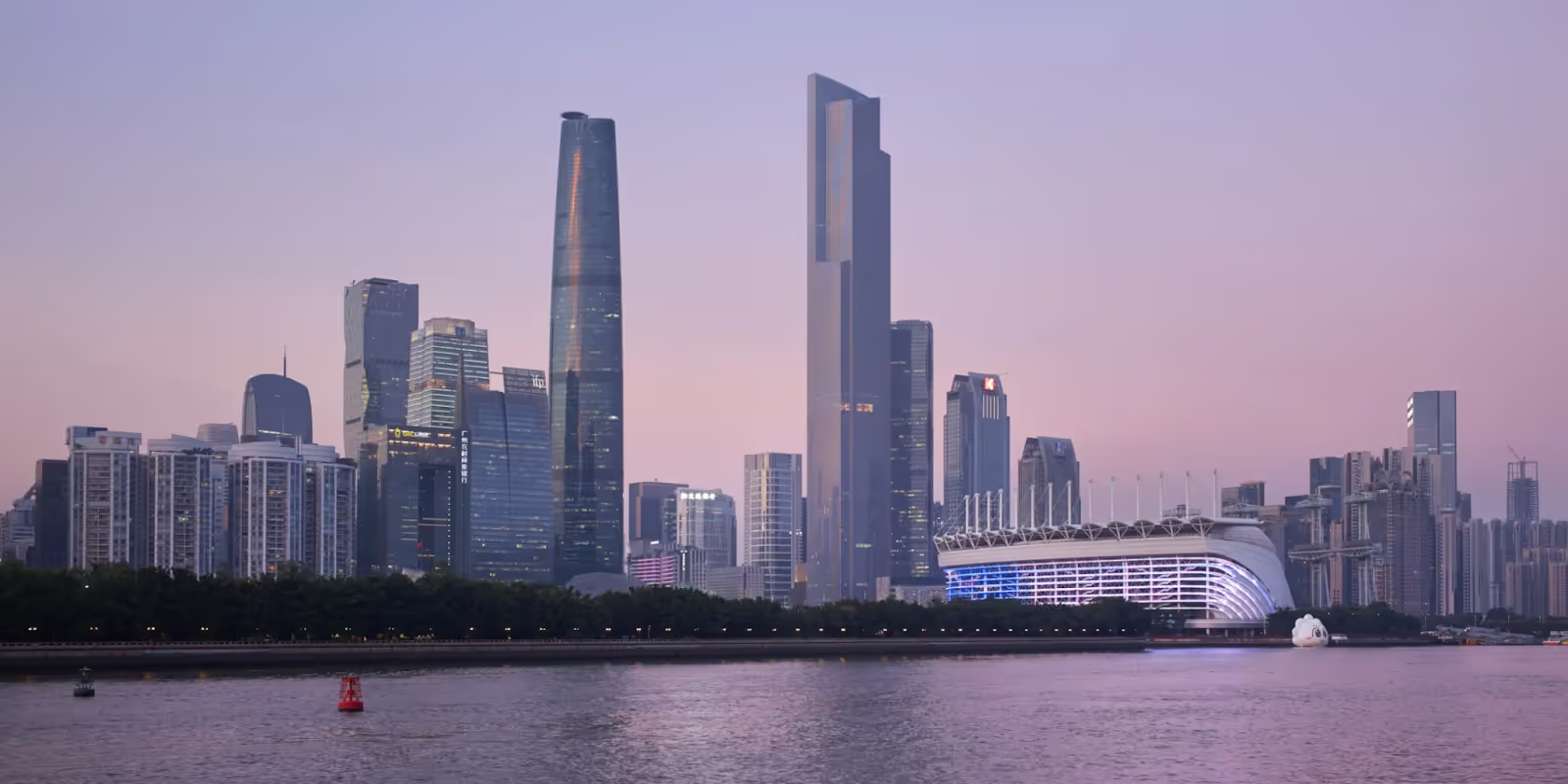Approfondimenti, analisi e altro
Alimenta il tuo cervello! Scopri alcuni fatti e cifre strabilianti su dropshipping, e-commerce, marketing digitale, social media e altro ancora.



Alimenta il tuo cervello! Scopri alcuni fatti e cifre strabilianti su dropshipping, e-commerce, marketing digitale, social media e altro ancora.




There’s something magical about standing at the base of a building so tall, it disappears into the clouds. Whether you're gazing up at the Burj Khalifa or riding the world’s fastest elevator in Shanghai Tower, the tallest buildings on Earth are more than just height—they’re a statement.
But what exactly makes these giants so fascinating?
This list of the top 10 tallest buildings in the world isn’t just about numbers. It’s about design, ambition, and the future of cities. From observation decks that make your stomach drop to structures engineered to sway with typhoons, each tower has its own story—and we’re here to tell it.
So, if you’re wondering which towers made the cut this year, how they were built, and what you can actually do inside them (besides stare in awe), you’re in the right place. Let’s start at the top—literally.
Before we dive into the rankings, let’s answer the real question: are these record-breaking towers actually worth the trip?
Absolutely—but not just because of their height.
These skyscrapers are more than just tall structures. They’re cultural icons, architectural experiments, and in many cases, full-blown tourist experiences. From sky-high observation decks and world-class restaurants to art installations and luxury shopping, the world’s tallest buildings offer more than bragging rights—they deliver unforgettable views, stories, and moments.
Some of them are still under construction, others are already global destinations. Either way, knowing what each one offers helps you plan smarter—whether you’re chasing photo ops, curious about the engineering, or just want to ride an elevator that climbs 10 meters per second.
Now that we’ve set the stage, let’s explore the towers themselves.
These towers don’t just scrape the sky—they break records, push design limits, and define the future of urban skylines. Let’s count down the top 10 tallest buildings in the world as of 2025 and uncover what makes each one stand tall beyond its height.

Still reigning at the top, the Burj Khalifa is a vertical city in itself. With luxury residences, corporate suites, and observation decks, it’s a must-visit in Dubai.
The views from At the Top (especially around sunset) are unmatched, and the elevator ride alone is an experience.
Malaysia’s proudest architectural feat towers above Kuala Lumpur. The angular, glassy structure reflects the nation's independence and future ambitions.
Inside, you’ll find offices, a luxe hotel, and Southeast Asia’s highest observation deck—perfect for panoramic city views.
China’s tallest building spirals gracefully into the clouds. The Shanghai Tower is a marvel of sustainability and design, with a unique twist that helps reduce wind loads.
It’s home to offices, cultural spaces, and the world’s fastest elevator—climbing 20.5 meters per second. The observation deck on the 118th floor offers one of the best skyline views in Asia.

Built next to Islam’s holiest site, this tower isn’t just tall—it’s spiritually and culturally significant. The massive clock face is visible from miles away and dwarfs Big Ben.
Inside, it houses a luxury hotel, a shopping mall, and an Islamic Museum. While access is limited, it serves millions of pilgrims each year.
Sleek and symmetrical, the Ping An tower commands the Shenzhen skyline. It’s primarily an office tower, but it also includes a mall and Sky Lobby observation area.
Its ultra-tall spire and reflective silver façade make it a favorite among architecture fans and urban photographers.
With its sleek tapered shape and soft glass skin, the Lotte World Tower is both elegant and functional. It’s a vertical playground—housing a luxury hotel, mall, cinema, and even a concert hall.
Don’t miss the Seoul Sky observatory, where a glass-bottomed floor lets you see all the way down—if you dare.
Symbolic in height and purpose, One WTC was built to honor resilience after 9/11. Its base is fortified and angular, while the tower tapers into a glass spire.
It’s home to offices and the One World Observatory, which gives a sweeping view of Manhattan, the Statue of Liberty, and beyond.

Part of the bustling Zhujiang New Town district, this skyscraper combines hotel, office, and residential use in one elegant vertical form.
Its speed demon elevators (reaching 72 km/h) are among the world’s fastest. If you’re a thrill-seeker, this tower is your ride.
A twin to the Guangzhou tower, Tianjin CTF boasts a curved façade that gives it a soft, sculptural look. The building is mixed-use, with office spaces, a hotel, and serviced apartments.
Its aerodynamic shape was designed to cut down on wind resistance and improve energy efficiency.
Shaped like an ancient ceremonial vessel, the “Zun” tower is both a nod to tradition and a leap into modernity. It’s Beijing’s tallest building and dominates the central business district.
Mostly office space, it also features sky gardens and impressive city views—especially from the upper floors.
Not all tall buildings are created equal. Some are all about height, while others focus on design, functionality, or symbolism. Let’s break down how these towers stack up—beyond just their size.
Understanding these differences gives you a deeper appreciation for what makes each skyscraper unique.
All the towers in this list fall into the “supertall” (300m+) or “megatall” (600m+) categories. Only three—Burj Khalifa, Merdeka 118, and Shanghai Tower—are officially megatall, meaning they exceed 600 meters.
The jump from one category to the next isn’t just about bragging rights—it often requires massive innovation in engineering, materials, and design.
Many of the tallest buildings in the world aren’t just office spaces. They’re mixed-use hubs that include hotels, malls, observation decks, and sometimes even apartments.
This multipurpose approach helps maximize space—and profit—while turning each tower into a self-contained mini-city.
Burj Khalifa, for example, includes residences, a hotel, and restaurants. Lotte World Tower houses everything from retail to a concert hall. Others, like One WTC, lean more corporate.
Height alone doesn’t make a tower impressive—its design does. Towers like Shanghai’s spiraling structure or the aerodynamic curves of Tianjin CTF aren’t just aesthetic choices. They help minimize wind resistance, reduce sway, and improve energy efficiency.
Materials matter, too. Many of these skyscrapers use composite frames, tuned mass dampers, and curtain wall facades to balance strength with sustainability.
You can’t build into the sky without serious science. These towers aren’t just tall—they’re technological masterpieces. Behind every floor is a story of innovation, problem-solving, and pushing limits.
Here’s how engineers make the impossible... possible.
Most supertall buildings rely on something called a buttressed core. It’s like a reinforced spine at the center of the tower, keeping it upright against gravity and wind.
The Burj Khalifa, for example, uses a Y-shaped buttressed core that spreads weight efficiently while stabilizing the tower.
Other buildings like One WTC and Shanghai Tower use variations like a megacolumn frame or double-skin curtain wall—each tailored to specific weather conditions and architectural goals.
The higher you go, the stronger the wind. That’s why many tall buildings are curved, tapered, or twisted. These shapes help “confuse” the wind so it doesn’t hit the building head-on.
Shanghai Tower’s spiral isn’t just cool-looking—it reduces wind loads by up to 24%.
Even elevators are pressurized in some towers to handle rapid vertical movement without hurting your ears.
Elevators in these buildings are marvels in themselves. Traditional lifts just wouldn’t cut it.
Shanghai Tower boasts the fastest elevator in the world, zipping up at 20.5 meters per second. Lotte World Tower and Guangzhou CTF aren’t far behind.
To keep things safe, many skyscrapers use double-deck elevators, emergency brakes, and even backup power systems just for vertical transport.
Skyscrapers didn’t start at 800 meters tall. They’ve climbed their way up—decade by decade—reshaping cities and human imagination with each new record-breaker.
Let’s take a quick tour through history and see how we got here.
The story begins with the Home Insurance Building in Chicago (1885), often considered the first modern skyscraper. At just 10 stories, it was revolutionary at the time.
Then came the Empire State Building in 1931, rising 381 meters. It stood as the tallest building in the world for nearly 40 years—and is still a global icon.
The baton was later passed to the World Trade Center, Sears Tower (now Willis Tower), Petronas Towers, and Taipei 101, each leap representing advances in steel, concrete, and elevator tech.
The real turning point came in 2010 with the completion of the Burj Khalifa. At 828 meters, it didn’t just break the record—it shattered it.
Since then, megatall buildings (600 meters and up) have become more feasible, especially in Asia and the Middle East. The competition is now global—and vertical.
Jeddah Tower in Saudi Arabia is set to take the crown if completed, aiming for over 1,000 meters. Other conceptual projects include The Line in NEOM and ultra-green vertical cities.
Skyscrapers are no longer just about height—they’re about future living, sustainability, and smart design.
As buildings get taller, the big question becomes—can they also get smarter, greener, and more responsible?
Fortunately, the next generation of skyscrapers isn’t just about breaking height records. It’s about solving real-world problems with thoughtful design and sustainable innovation.
Some of the tallest towers already lead in eco-friendly design. Shanghai Tower is a great example—it’s LEED Platinum-certified and uses wind turbines, rainwater harvesting, and double-skin façades to reduce energy use.
Others like Lotte World Tower and CITIC Tower also integrate energy-efficient lighting, HVAC systems, and smart building tech to manage power consumption.
These giants aren’t just tall—they’re cleaner, too.
Future skyscrapers are starting to function like small cities. Instead of just housing offices or apartments, they mix work, play, dining, and even farming into one vertical space.
Think “walkable cities”—but stacked in the sky.
This is already happening in parts of China, South Korea, and Dubai, where towers offer everything from spas to gardens without stepping outside.
Architects are exploring self-sustaining towers with solar skins, algae walls, and even rotating floors to maximize sunlight.
Proposed structures like Saudi Arabia’s Jeddah Tower and The Line aim to blend extreme height with environmental harmony—redefining how we think about urban space altogether.
The Top 10 Tallest Buildings in the World aren’t just marvels of height—they’re reflections of human ambition, culture, and creativity. Each tower on this list tells a story—of the cities they stand in, the people who built them, and the future they point to.
From the spiritual significance of Mecca’s Clock Tower to the engineering breakthroughs of Shanghai and Dubai, these structures are more than tourist stops—they’re global milestones.
And as technology and sustainability evolve, skyscrapers will only get smarter, greener, and more breathtaking.
So whether you’re planning to visit, photograph, or just learn about them—these giants of glass and steel are absolutely worth your attention.